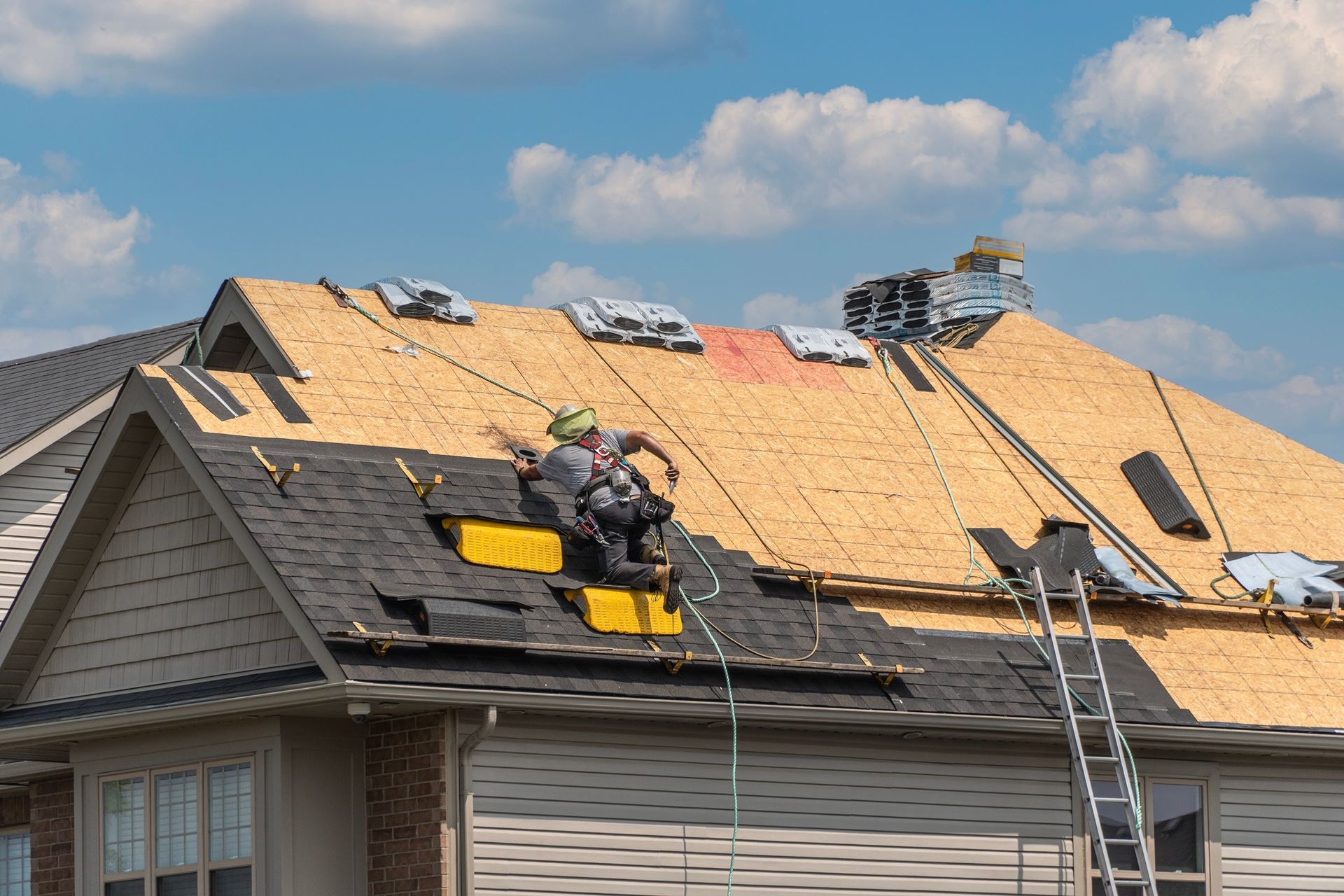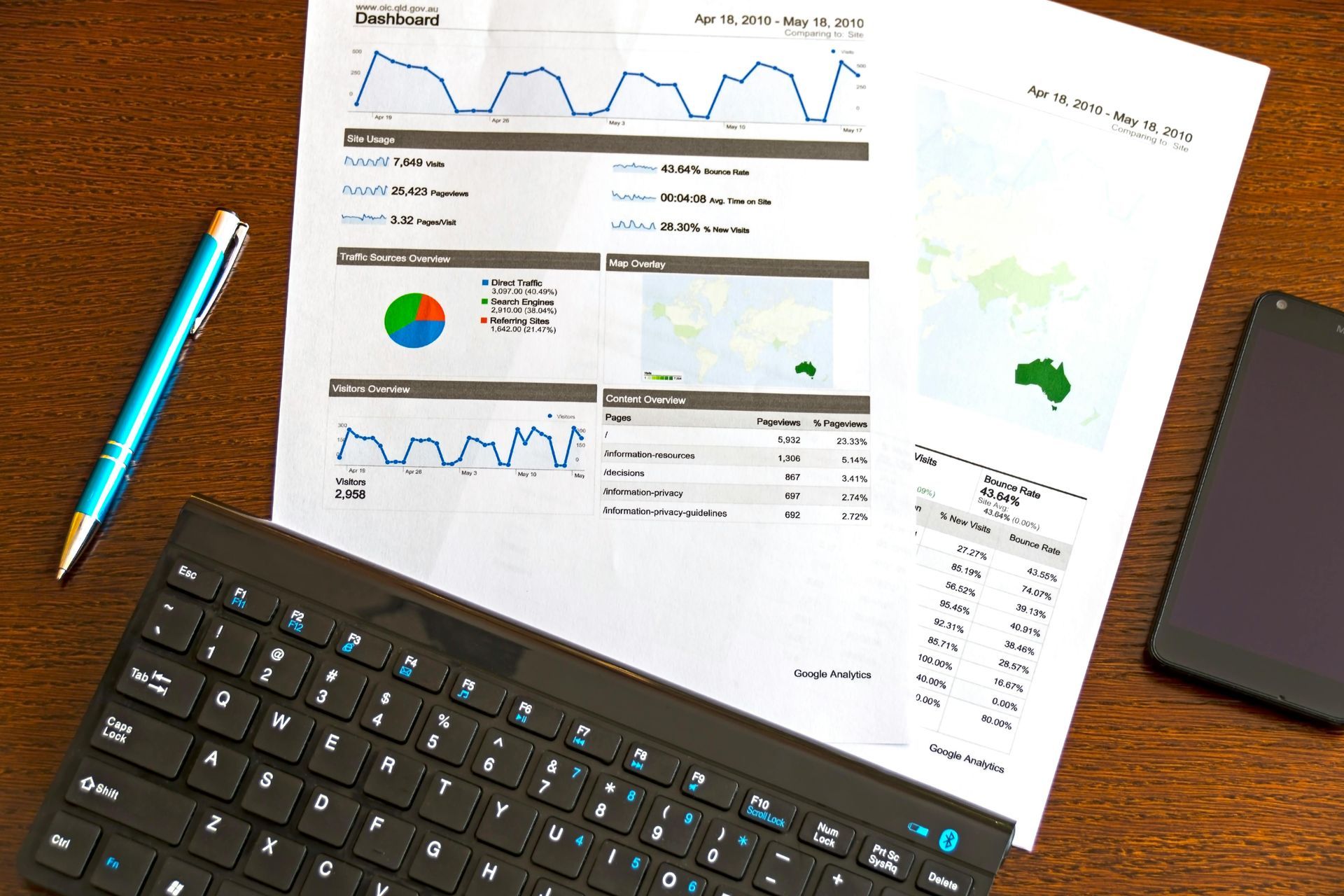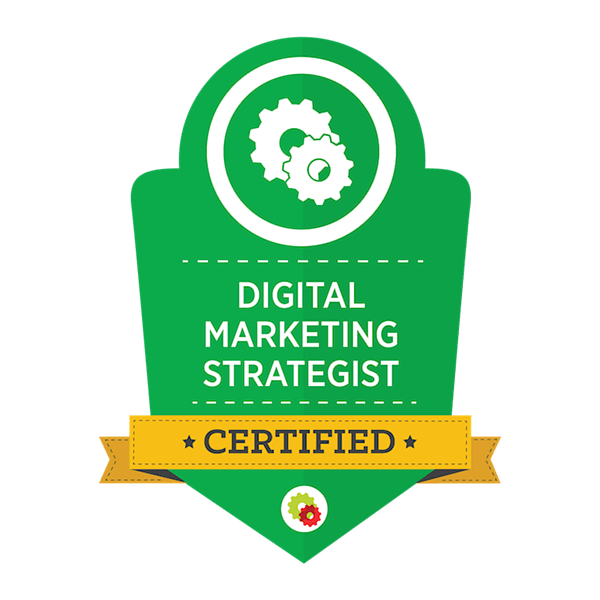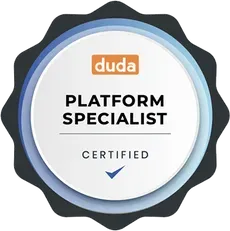Why Most Roofing Websites Fail (And How to Fix Yours)
Imagine this: you spend thousands of dollars on a sleek new website for your roofing company. It looks great, loads fine on your computer, and your logo’s front and center. But
weeks go by, and you’re not seeing more calls. Leads aren’t coming in. Your traffic barely moves.
What gives?
Here’s the harsh truth—most roofing websites fail. Not because they’re ugly or outdated but because they’re built without a clear strategy. A website can be your biggest sales tool—but only if it’s set up to perform.
Let’s break down the biggest reasons why roofer websites fall flat—and, more importantly, how to fix them.
1. Looks Good, Performs Badly: The "Pretty But Useless" Problem
It’s easy to get caught up in visuals. Designers love to impress with full-width banners, clever fonts, and animations. But none of that matters if your site doesn’t perform.
- Is it fast to load?
- Does it look great on mobile?
- Can someone instantly find your phone number or request an estimate?
A beautiful website that’s slow, hard to navigate, or not optimized for mobile will kill your conversions. Homeowners aren’t browsing—they’re scanning and deciding quickly.

Fix it: Build with performance in mind. Prioritize speed, mobile responsiveness, and clarity over flashy design.
2. Poor SEO and Local Optimization
If your roofing website isn’t showing up on Google,
you’re invisible to potential customers. Period.
Most roofer websites:
- Lack of localized keywords (like “roof replacement Austin TX”)
- Use vague page titles and meta descriptions
- Have weak content that Google can’t understand or rank
You’re not just competing with other roofers—you’re competing with directories, aggregators, and national brands.
Fix it: Focus on roofing SEO. That means optimizing each page for local intent, improving on-page structure, and making sure Google knows exactly what services you offer and where.
3. No Clear Customer Journey
Let’s say someone lands on your site. Great! But what now? If they have to think about what to do next, you’ve already lost them.
Too many sites bury their calls to action, hide contact forms, or make users scroll endlessly to find what they need.
Fix it: Design a clear path for your visitor. Every page should answer the following:
- What is this page about?
- Why should I care?
- What should I do next?
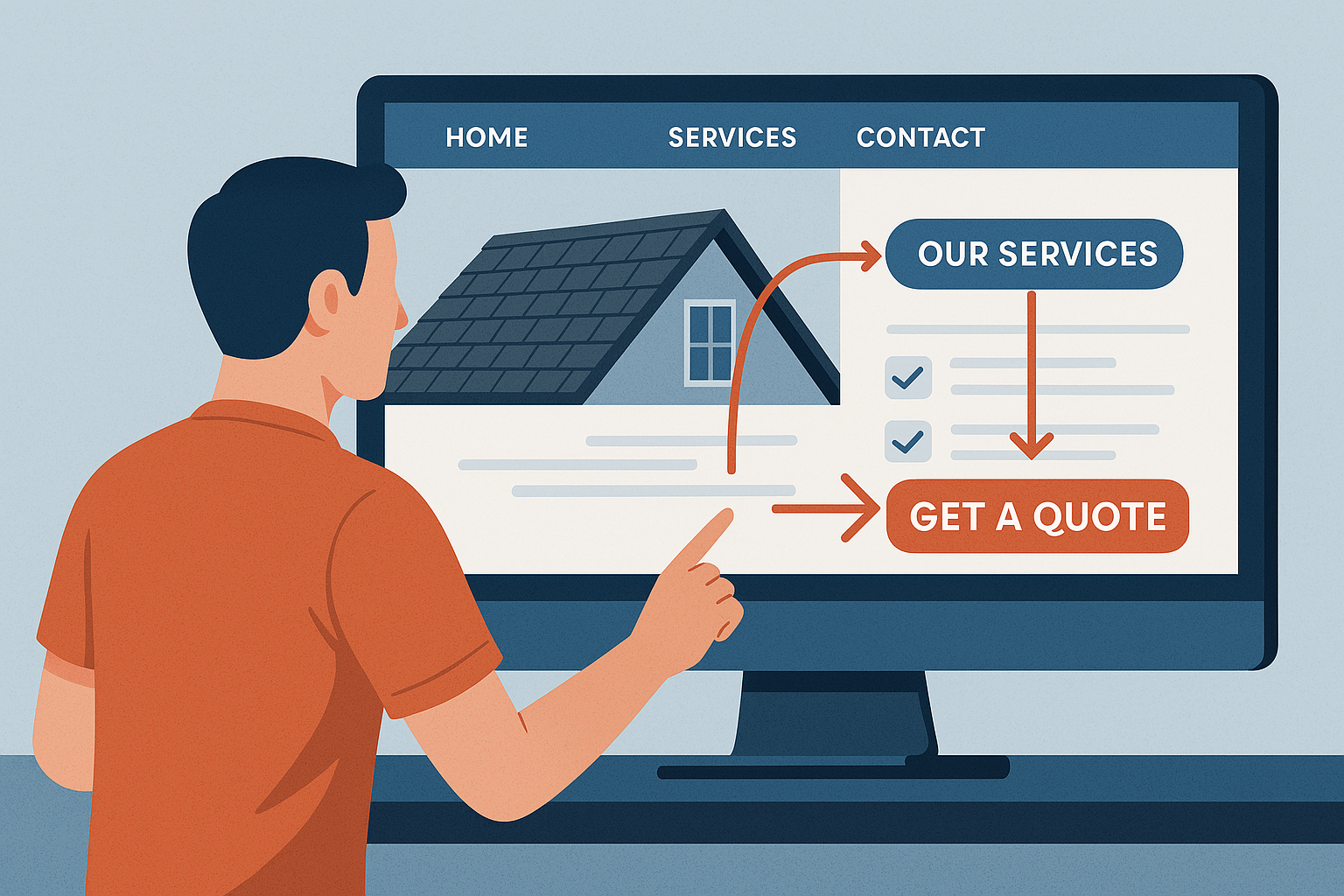
Whether you’re requesting a quote, calling your team, or viewing your project gallery, make it obvious.
4. Outdated or No Trust-Building Content
Homeowners don’t hire the cheapest roofer—they hire the one they trust. And your website needs to build that trust.
What’s missing on most sites?
- Recent customer reviews
- Before-and-after photos
- Licensing and certifications
- Guarantees or warranties
- Case studies or video testimonials
No one believes “we do quality work” unless you show them.
Fix it: Add trust signals everywhere. Highlight happy customers. Show your process. Help prospects feel like they’re in good hands before they ever call.
5. Weak or Nonexistent Lead Capture
If someone is ready to reach out, don’t make them work for it.
Many sites make contact forms hard to find, too long to fill out, or forget to offer any incentive. Others don’t even have a form—they rely on a buried email address or hope someone calls.
Fix it:
- Add short, simple forms to every key page
- Use clear CTAs like “Get a Free Roof Estimate” or “Schedule a Free Inspection.”
- Consider adding a downloadable checklist or seasonal guide as a lead magnet
Small tweaks can make a big difference in how many leads you collect.
6. How to Fix It: Turn Your Website Into a Sales Machine
If your site checks any of the boxes above, don’t worry—you’re not alone. But you don’t have to settle for an online brochure that nobody sees.
Here’s what a high-performing roofing website must have:
✅ Fast load time (under 3 seconds)
✅ Mobile-first, responsive design
✅ Pages optimized for local roofing SEO
✅ Clear calls to action
✅ Trust-building content (reviews, photos, licenses)
✅ Easy lead capture on every page
When built right, your website becomes your hardest-working sales rep—bringing in leads 24/7 without a salary.
At Roundhouse, we specialize in turning underperforming roofer websites into lead-generating powerhouses. We don’t just design—we strategize, optimize, and build with your growth in mind.
Ready to See How Your Website Stacks Up?
If your roofing website isn’t performing well, we can help. Let’s take a look together and show you exactly how to fix what’s broken.
👉
Schedule a free strategy call, and let’s turn your website into your #1 sales tool.
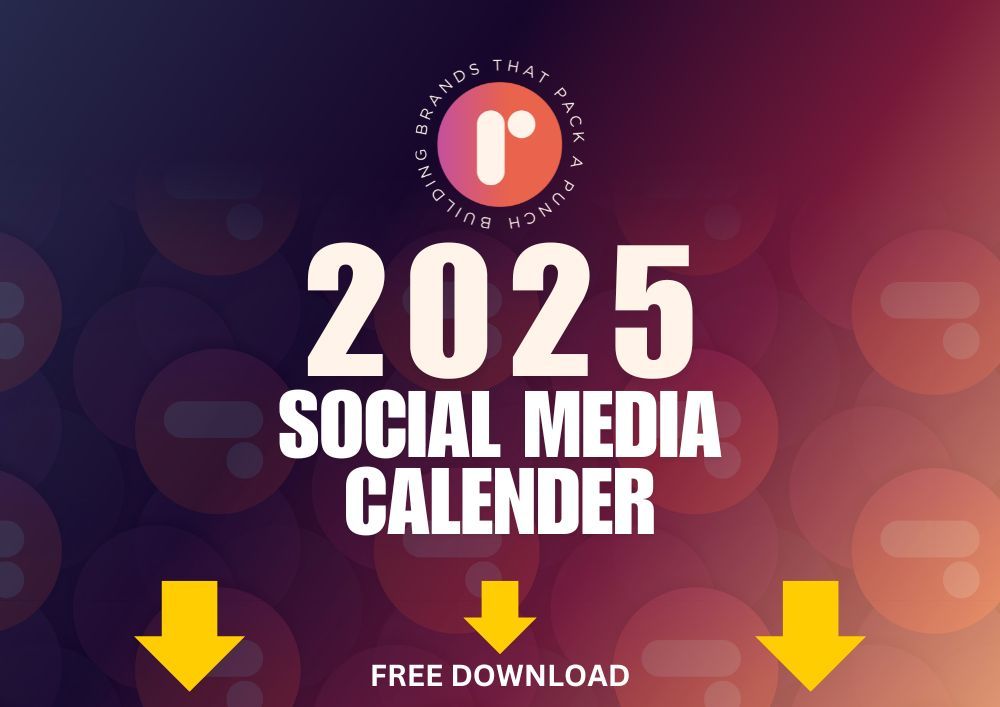
Get Fresh Content From
Roundhouse Digital Marketing
About The Author:

Philip Ellis
Founder and CEO, Roundhouse Digital Marketing
My name is Philip and I am a web design and client attraction consultant. I specialize in helping contractors, roofers, home builders, and other local service-based businesses get more views, leads, and sales online.
With over 12 years of experience in the industry, I have the knowledge and skills to create stunning websites and effective digital marketing campaigns that drive results for my clients.




